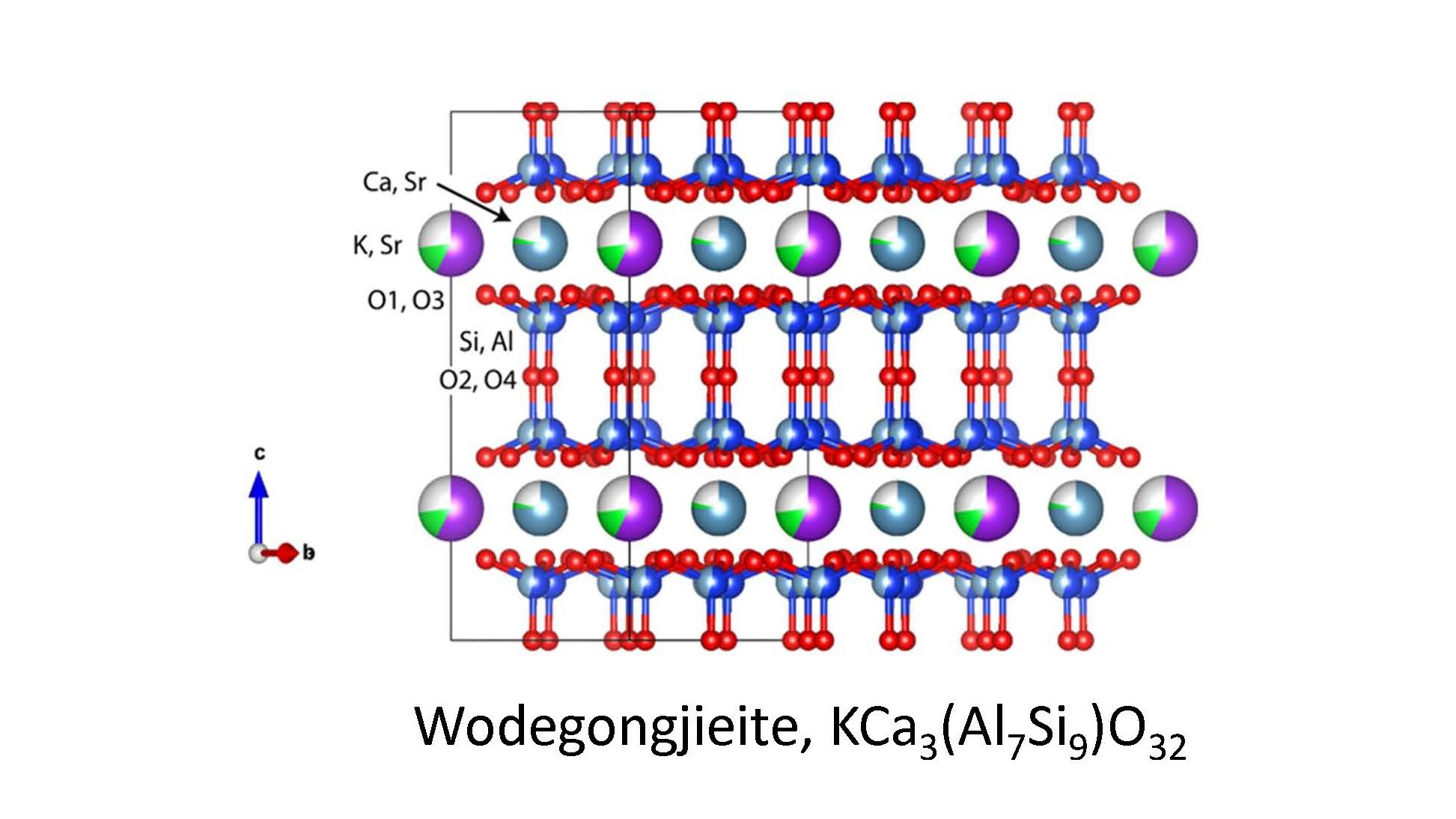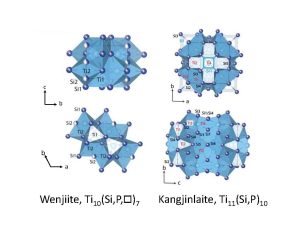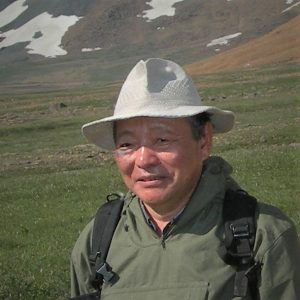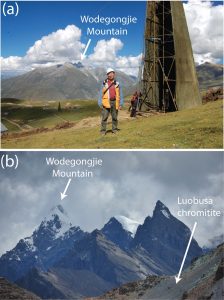
New Minerals Discovered in Tibet Include Two Compounds Previously Unknown to Materials Science
Edward Grew, research professor in the School of Earth and Climate Sciences at the University of Maine, has helped a team of Chinese and European scientists obtain official recognition for three new minerals discovered as tiny inclusions in corundum (Al2O3) from a chromite mine in Tibet, China. The new minerals have been approved by the Commission on New Minerals, Nomenclature and Classification of the International Mineralogical Association (IMA). Discovery and characterization of these new minerals was only possible thanks to the recently developed 3-dimensional electron diffraction techniques that enable collection of data suitable for determination of crystal structures of nanominerals occurring as single grains less than 1 micrometer in size.
Wodegongjieite KCa3(Al7Si9)O32; wenjiite Ti 10 (Si,P,) 7 ; and kangjinlaite Ti11(Si,P)10 are reported in the December 2022 issue of Mineralogical Magazine and the January 2023 issue of American Mineralogist.

Wodegongjieite and kangjinlaite are chemical compounds never before synthesized in the laboratory or identified in nature as minerals. Wodegongjieite is a new member of the feldspar mineral family, and it has the same sheet structure as the mineral kokchetavite (KAlSi3O8), a polymorph of the common rock-forming potassium feldspars. Kokchetavite was named after Mount Kokshe Tau (“blue mountain”) in Kazakhstan, and so the authors chose to name wodegongjieite after a famous Tibetan mountain peak visible from the chromite mines. The peak “Wodegongjie” is one of the four pre-Buddhist sacred mountains of Tibet.
Kangjinlaite is named after Kangjinla, the district where the mines are located. According to Prof. Ba Denzhu, kangjinla in the Tibetan language means “large snow mountain.”
Wenjiite honors Bai Wenji (1935-2019), former Research Professor in the Institute of Geology of the Chinese Academy of Geological Sciences. He was the first person to find native iron and other special minerals as inclusions in chromite from the Luobusa ophiolites, beginning in 1981. He discovered and named 7 new mineral species.

Wenjiite and kangjinlaite are the first ternary solid solutions to be reported for the Ti-Si-P system, either natural or synthetic. The end member binary compound Ti5Si3 corresponding to wenjiite was first synthesized in 1951 and has been widely studied due to its industrial importance as a refractory silicide, but a compound with the formula Ti11(Si,P)10 was previously unknown.

The new minerals are interpreted to have formed in the Earth’s upper mantle by the action of mantle methane and hydrogen on basaltic melts in the Luobusa ophiolites. Ophiolites are slices of ocean crust and upper mantle that are incorporated in mountain belts when continents collide because of tectonic plate motion. One of the great ophiolite belts of the world is in Tibet, where the Indian Subcontinent collided with the rest of Asia and pushed up the Himalaya Range. The surface expression of this boundary is the Yarlung-Zangbo Suture Zone south of Lhasa, Tibet, along which a series of ophiolites host the largest economic chromite deposits in China.
The research team included Fahui Xiong, Xiangzhen Xu, and Jingsui Yang from Beijing and Nanjing in China; Enrico Mugnaioli from the University of Pisa and Mauro Gemmi from the Center for Materials Interfaces, Istituto Italiano di Tecnologia (IIT) Pontedera, Italy; and Richard Wirth from the Helmholtz Center Potsdam, GFZ Research Center for Geosciences in Germany. Grew helped to develop and guide the proposals for the new minerals through the rigorous vetting needed for approval by the IMA Commission. Wodegongjieite is the 25th successful IMA new mineral proposal of Ed’s career.
Contact: Edward S. Grew esgrew@maine.edu

